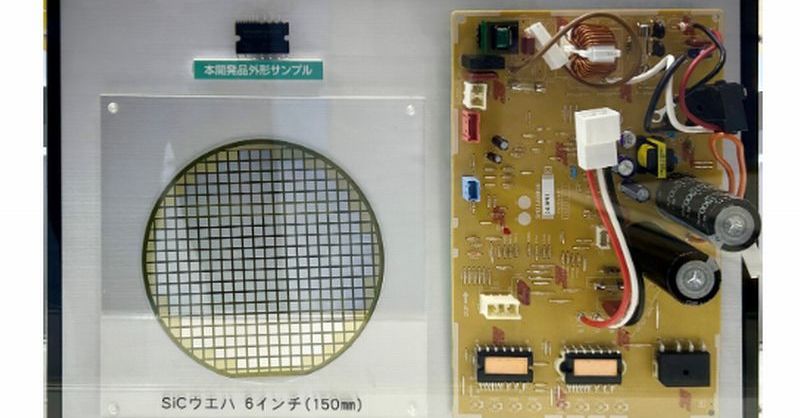Efficient Air Conditioning: SiC & Si Parallel IPM – A Cool Revolution
The quest for energy-efficient cooling solutions is heating up, and a significant breakthrough is emerging in the form of Silicon Carbide (SiC) and Silicon (Si) parallel Intelligent Power Modules (IPMs). This innovative technology promises a dramatic improvement in air conditioning efficiency, reducing energy consumption and minimizing environmental impact. This article delves into the specifics of SiC & Si parallel IPMs and their transformative potential for the HVAC industry.
What are SiC & Si Parallel IPMs?
Traditional air conditioning systems rely on power electronics that often suffer from high switching losses, leading to significant energy waste. SiC & Si parallel IPMs address this by leveraging the superior properties of Silicon Carbide. SiC offers significantly higher switching speeds and lower on-resistance compared to traditional silicon (Si) IGBTs. By combining SiC and Si in a parallel configuration, these IPMs harness the best of both worlds:
- High Efficiency: SiC's superior switching characteristics dramatically reduce switching losses, leading to improved overall efficiency.
- Cost-Effectiveness: While SiC is more expensive than Si, the parallel configuration allows for a balanced approach, utilizing Si for less demanding portions of the system, keeping costs manageable.
- Improved Reliability: The parallel design adds redundancy, enhancing the overall reliability and longevity of the system.
- Compact Design: SiC's efficiency allows for smaller, lighter, and more compact power electronics, simplifying installation and reducing the overall footprint.
How they improve Air Conditioning Efficiency
The efficiency gains from SiC & Si parallel IPMs translate directly to energy savings in air conditioning systems. These savings are achieved through:
- Reduced Energy Consumption: Lower switching losses mean less energy is wasted during operation, directly impacting electricity bills.
- Lower Operating Costs: Long-term savings accumulate over the lifespan of the system, significantly reducing operating costs.
- Smaller Carbon Footprint: Reduced energy consumption contributes to a smaller carbon footprint, aligning with global sustainability initiatives.
The Future of Cooling with SiC & Si Parallel IPMs
The adoption of SiC & Si parallel IPMs is poised to revolutionize the air conditioning industry. Major manufacturers are already investing heavily in research and development, and we can expect to see a wider availability of these technologies in the near future. This translates to:
- More Energy-Efficient Appliances: Consumers can anticipate significantly more energy-efficient air conditioners and heat pumps.
- Eco-Friendly Solutions: These technologies contribute to greener solutions, reducing greenhouse gas emissions.
- Technological Advancements: Continued research and development will likely lead to even more efficient and cost-effective cooling solutions.
Challenges and Considerations
Despite the numerous advantages, some challenges remain:
- Cost of Implementation: While the cost-effectiveness is improving, the initial investment in SiC-based systems is still relatively higher than traditional solutions.
- Supply Chain Issues: The availability of SiC materials and components can sometimes be a bottleneck.
- Technical Expertise: Implementing and maintaining these systems requires specialized technical knowledge.
Conclusion: A Cooler Future
SiC & Si parallel IPMs represent a significant leap forward in air conditioning technology. By combining the strengths of both SiC and Si, these innovative power modules offer a compelling solution for achieving superior energy efficiency, reduced operating costs, and a smaller environmental footprint. While challenges remain, the long-term benefits are undeniable, promising a cooler and more sustainable future for everyone. Stay tuned for further advancements in this exciting field.
Keywords: SiC, Silicon Carbide, Si, Silicon, Parallel IPM, Intelligent Power Module, Air Conditioning, Energy Efficiency, HVAC, Cooling, Sustainability, Green Technology, Energy Savings, Operating Costs, Carbon Footprint, Power Electronics, IGBTs.
